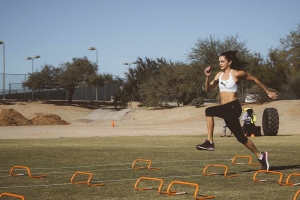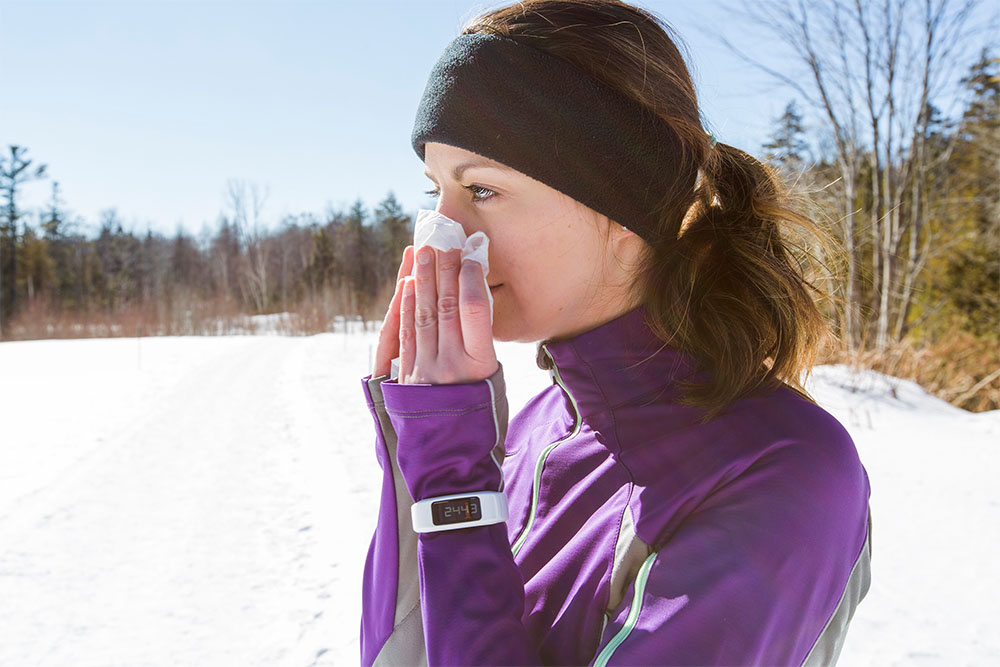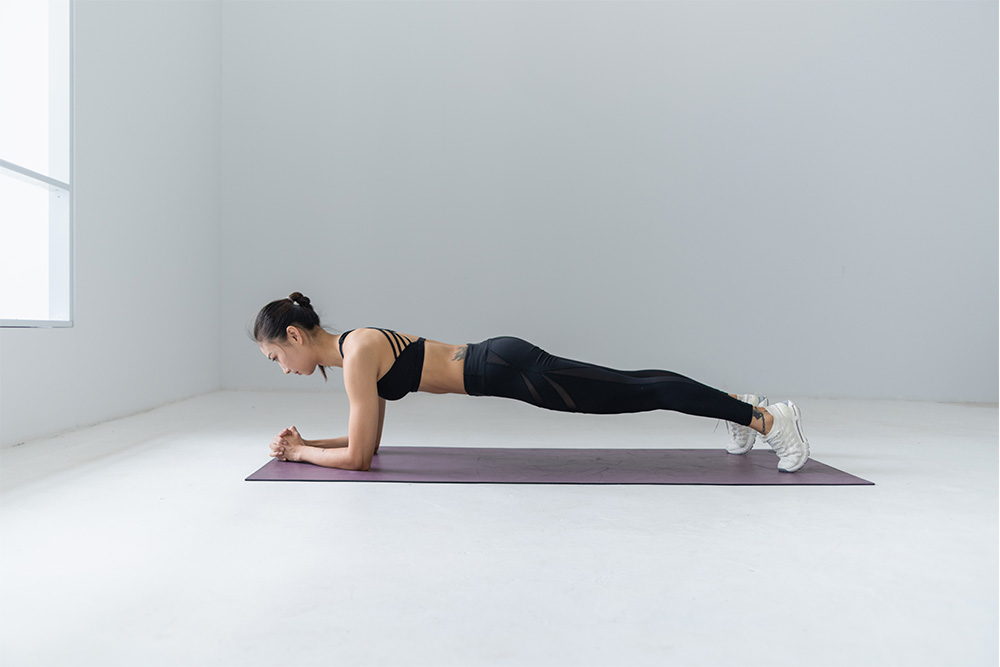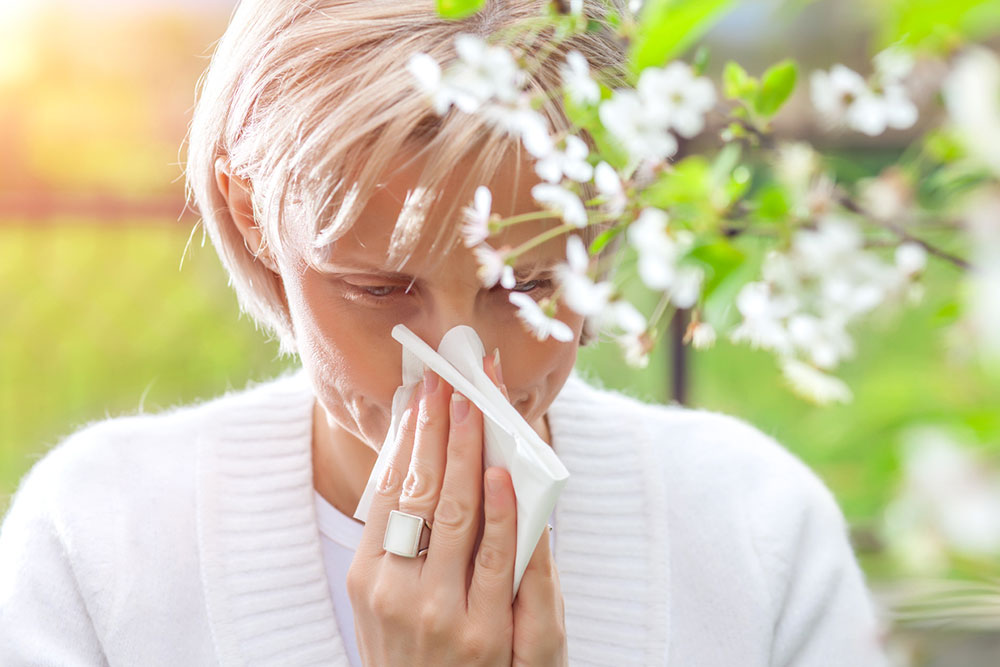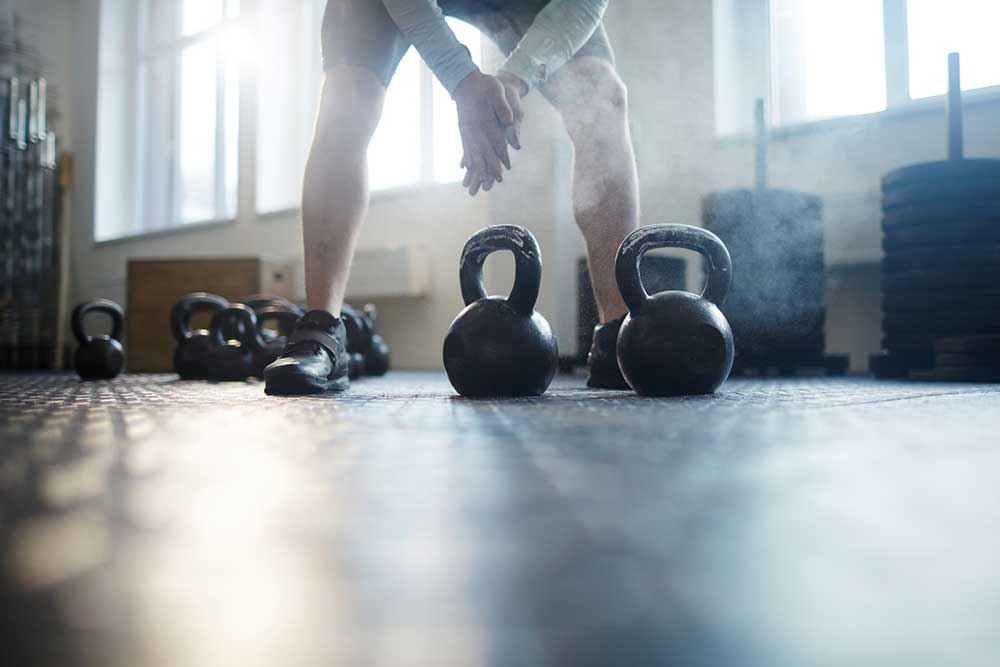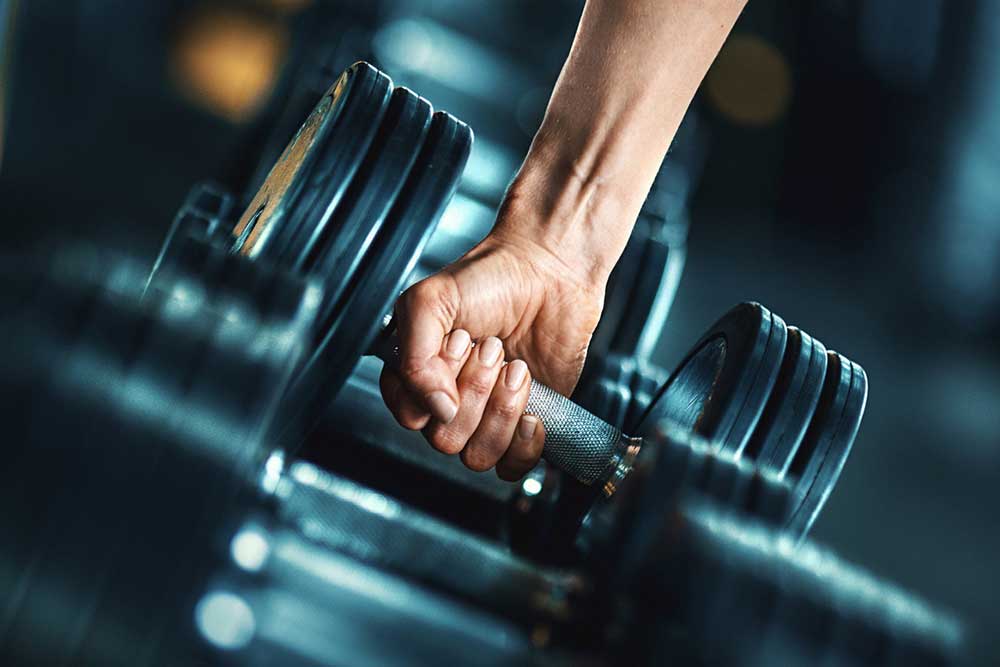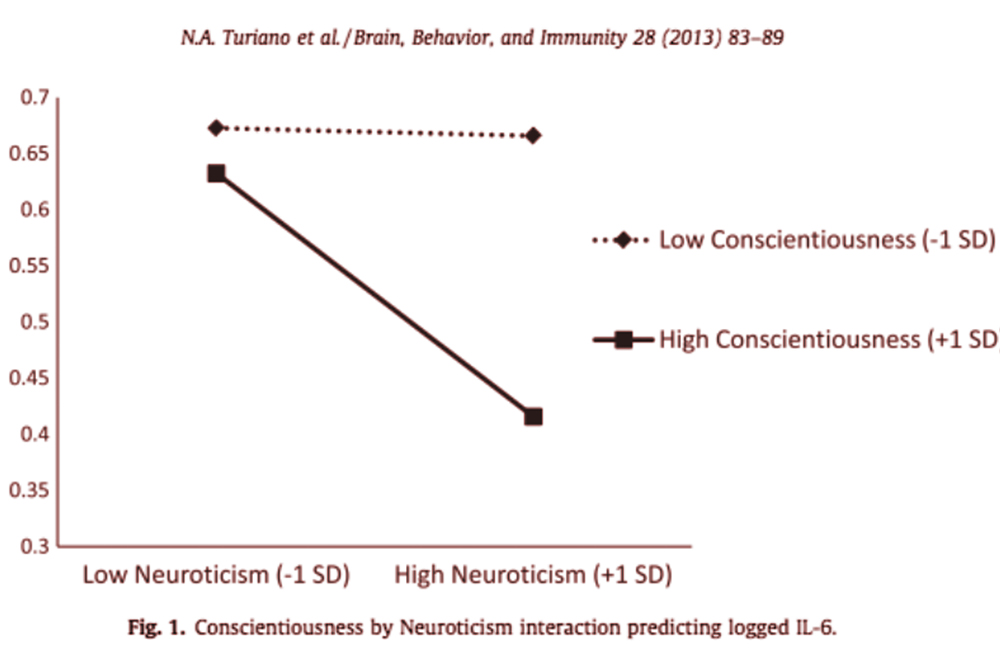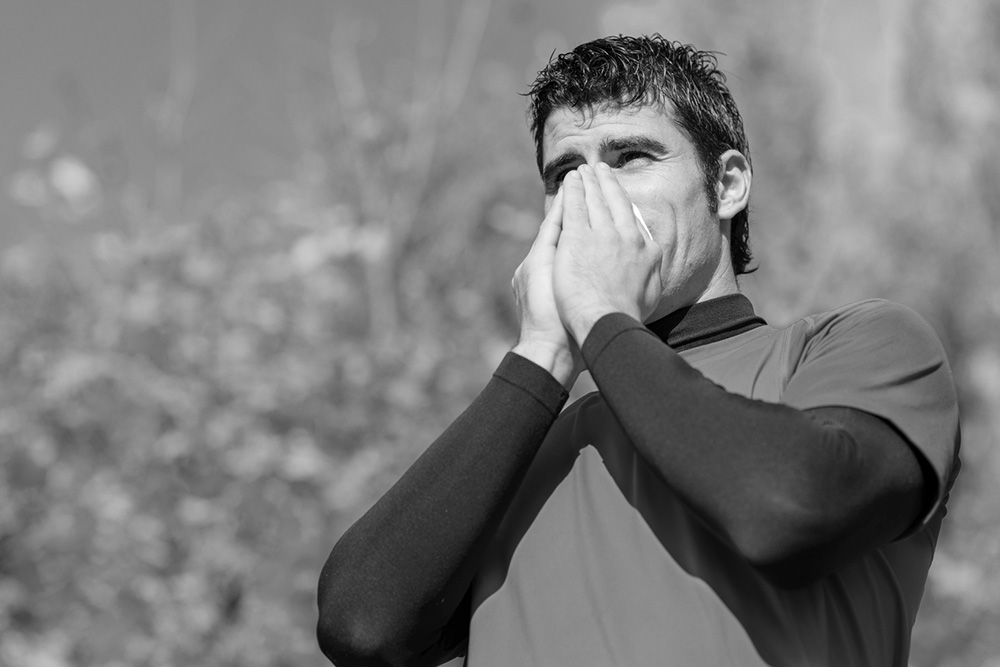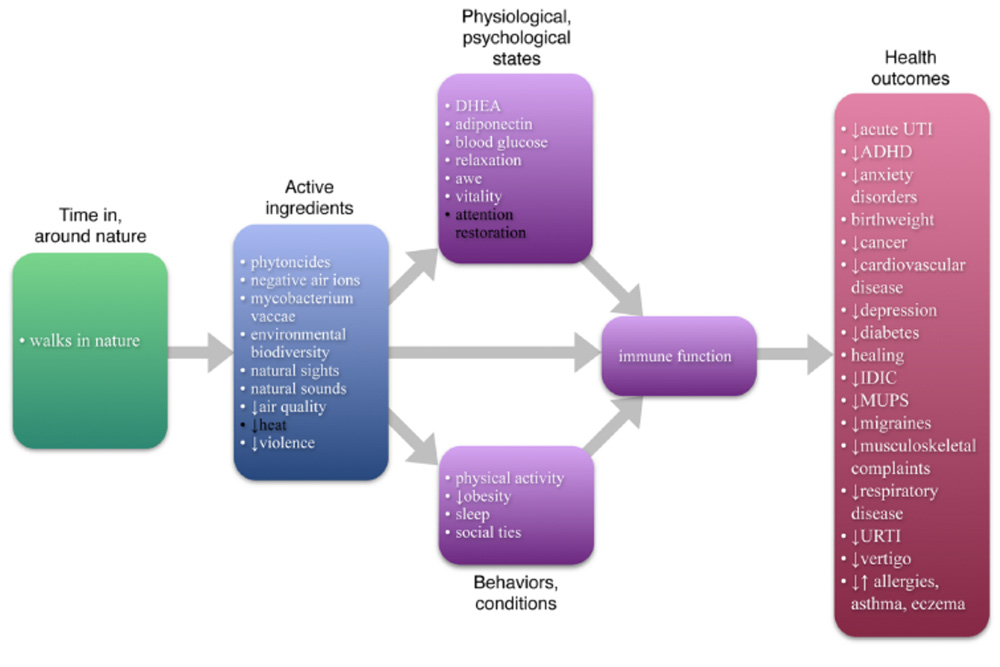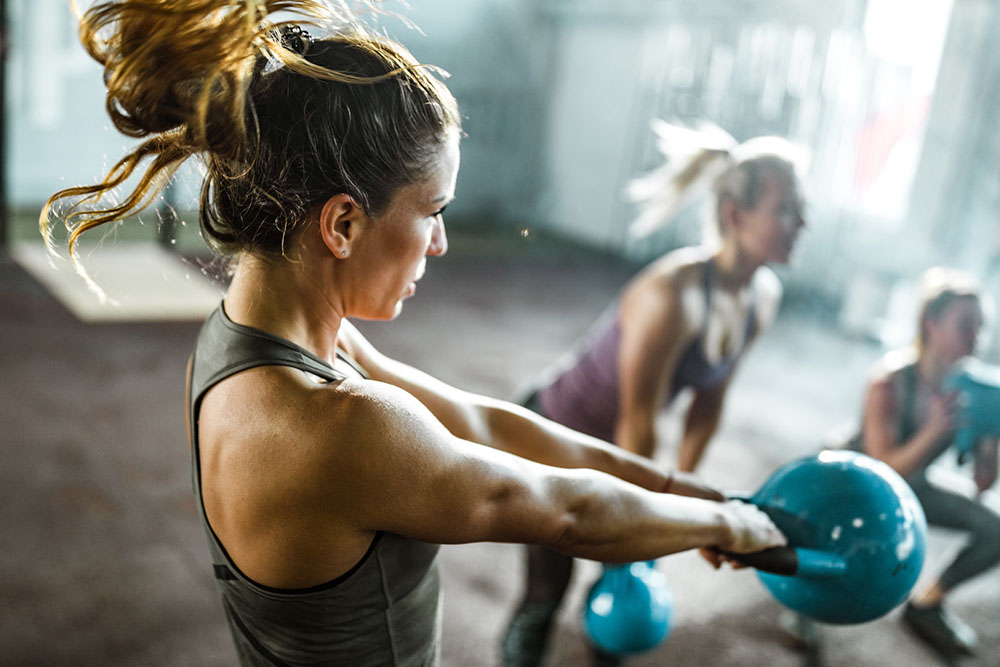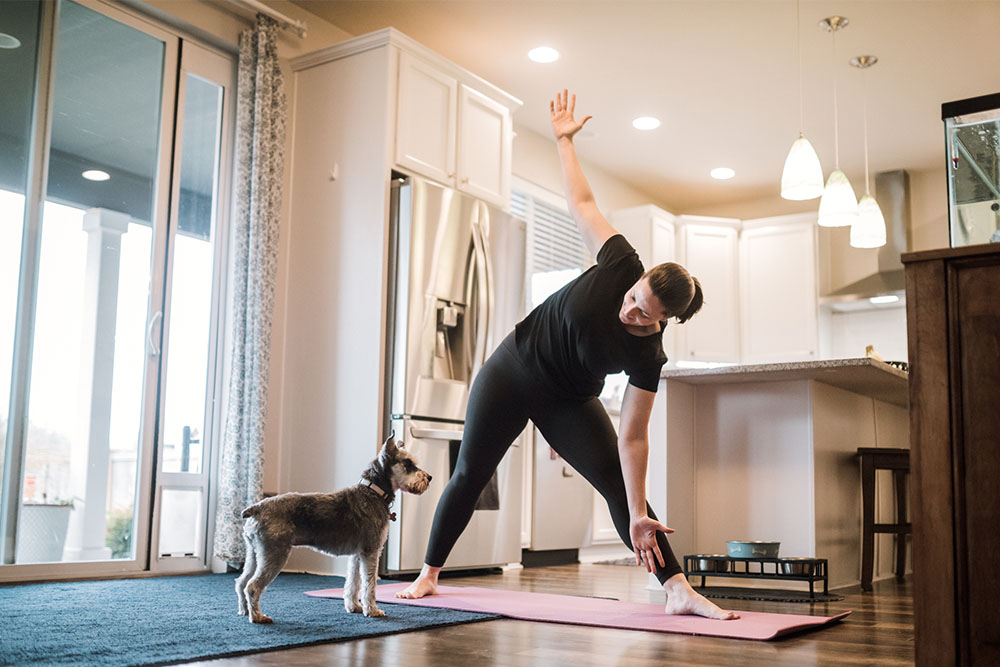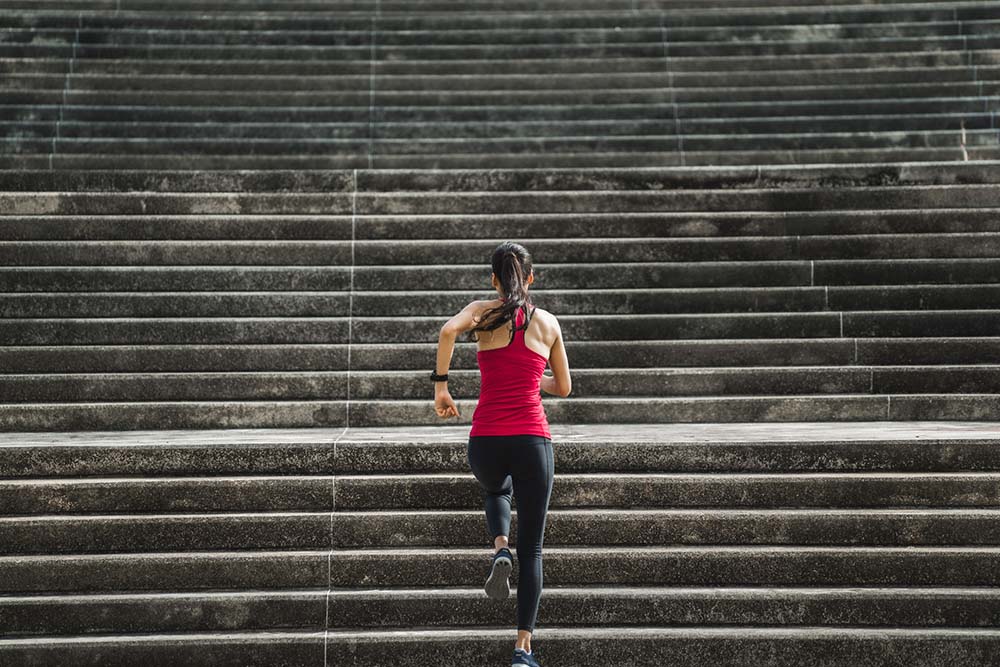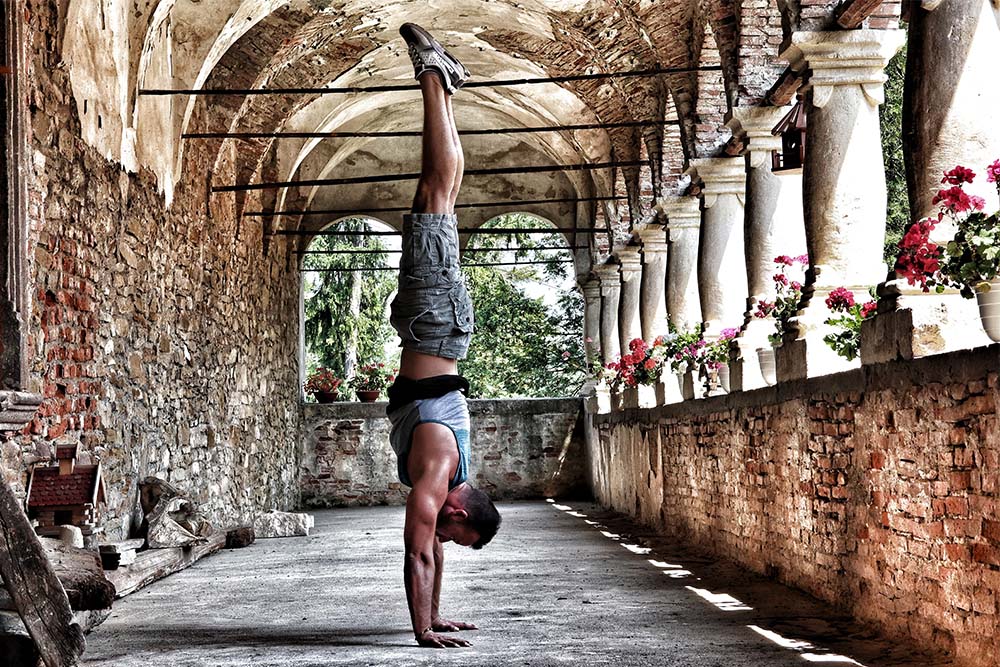Are Runners Less Likely to Develop COVID-19?

In this weird time of COVID-19, I have heard some strange suggestions regarding how you can prevent infection.
Things like drinking colloidal silver, eating more oranges, and bathing in vinegar all come to mind.
But one that has seriously piqued my interest is the suggestion that those who participate in serious endurance exercise (AKA runners) have better immunity than those who do note.
But is this really the case?
What is the prevalence of viral respiratory infections in the general population?
Viral respiratory infections (think of things like influenzas, pneumonia, and the coronavirus) are some of the most common disease on the planet – and they can also be some of the worst.
In 2015, it was estimated that a whopping 45 people out of every 1000 had an acute respiratory infection. This incidence was markedly higher in children under the age of 5 years (107 cases per 1000), and adults over the age of 70 (155 cases per 1000).
Now this alone is scary – but it’s not the worst of it.
Respiratory infections accounted for 2,377,697 deaths in that same year.
To put that in perspective, that is about 5% of all deaths worldwide – which is a pretty shocking statistic (GBD, 2016).
Related Article: How Exercise Could Prevent Coronavirus
Does lung capacity affect viral respiratory infections onset and outcomes?
Your lung capacity simply refers to the volume of air that your lungs can hold upon maximum effort inspiration (breathing in). An average lung capacity sits somewhere in the vicinity of 6 liters, however there is significant variation between individuals (Lutfi, 2017).
Lung capacity generally increases with age up until about 35 years, after which it declines in a very gradual manner. Additionally, females generally have a smaller lung capacity than males, while taller people have larger lung capacity than shorter people.
There is also some evidence to suggest that obese people have poorer lung capacity than those who sit within a ‘normal’ weight range, while those who exercise more frequently may have larger lung capacities than those who do not exercise at all – although this is not necessarily because they exercise.
In fact, it is more likely that people with good lung capacity simply gravitate more towards exercise – but more on that later.
Interestingly, there appears to be a unique relationship between lung capacity and respiratory infections.
Those children who suffer from a viral respiratory infection early in life will be more likely to have lung function deficits in adulthood. These deficits will, in turn, increase their likelihood of developing chronic respiratory diseases like COPD (chronic obstructive pulmonary disease) (Britto, 2017).
Now, while there is evidence to suggest that while these types of deficits and diseases do not necessarily increase your susceptibility to respiratory infections, they do increase your likelihood of experiencing severe symptoms and associated hospitalization (Kwak, 2017).
This indicates that poor lung function may increase severity of these illness, rather than the incidence.
Does running affect lung capacity?
A common suggestion among the health and fitness crowd is that endurance running has the capacity to improve lung capacity – but this may not actually be the case.
As I alluded to above, the total volume of your lungs is very much dictated by genetic factors and the size of you body. With this in mind, once you reach adulthood, the physical size of your lungs does not really change.
However, regular running exercise does improve a couple of other important factors (Azad, 2012).
Running has been shown to enhance the strength of your inspiratory muscles, which allows you to inhale more air into your lungs. While this doesn’t increase the size of your lungs per se, it does mean that you can ultimately make them more effective.
Furthermore, it promotes the development of the important blood vessels within your lungs. This essentially makes you more efficient at extracting oxygen from the air.
Both of which are pretty important when it comes to respiratory infections.
Does interval training improve lung function?
Building on the above notion a little further, I also wanted to highlight some interesting research exploring the impact of interval training on lung function.
When people think of running and lung function, their minds automatically jump to long distance running – because that is what these guys do in a competitive sense.
However, that isn’t always how they train.
In fact, a significant portion of every endurance athletes training regime includes a combination of high intensity interval training (HIIT) and sprint interval training. These modes of training tend to take less time per session, but have you working at much higher intensities than you would normally.
And the kicker?
They have been shown to have hugely positive effects on lung function, albeit in much less time than long distance training methods (Dunham, 2012; Badaam, 2013).
This means that if you are interested in improving your lung function as quickly as you possibly can, it is in your best interest to throw a couple of HIIT sessions into your weekly training schedule.
Related Article: The Biomechanics of Breathing During Sprinting
Are runners more immune to viral respiratory infections?
When it comes to runners (and all other endurance athletes, for that matter), it is important to note that they do seem less prone to viral respiratory infections than non-exercises.
Regular moderate intensity aerobic activity appears to reduce inflammation throughout the body, and more specifically, within the respiratory tract. It also up regulates the function of your immune system, aiding in the protection of disease.
As a result, there is clear evidence to suggest that runners are more immune to respiratory viral infections like influenzas and coronavirus (Martin, 2009).
I should note that while endurance athletes like runners do tend to be more immune to these types of infections, there are times when they are not.
If you are frequently performing extremely high intensity exercise for durations of longer than 60 minutes at a time, the opposite occurs.
This creates a high stress environment that actually down regulates your immune system, while also causing a spike in the secretion of stress hormones epinephrine and norepinephrine – both of which increase inflammation.
As a result, seriously heavy exercise may not be the best option when respiratory illnesses are running rampant in society.
Are runners less likely to develop COVID-19 and pneumonia complications
Finally, because of the positive adaptations that endurance athletes (including runners) see after exercise, they also tend to be less likely to have severe complications.
In essence, because of their well developed lung tissue, they are not impacted nearly as badly as people who do not exercise (Williams, 2014).
Interestingly, this phenomenon appears to demonstrate what is a known as a dose-response relationship – where those individuals who perform more exercise on a weekly basis are better protected than those who perform less.
Like you needed another reason!
Best tips to improve lung function
I often get asked how to improve lung capacity, and as I mentioned earlier, you kind of cant – or at least not in the way you think.
But you can improve lung function.
And here’s how:
- Exercise: as I have mentioned throughout this article, exercise can improve the function of your lungs in a big way. Aim to get more than 150 minutes of aerobic exercise in per week and try and include a combination of moderate intensity long distance training, and HIIT training, into your routine.
- Diaphragmatic breathing: offers a great way to strengthen your diaphragm, which is one of the primary muscles in your body responsible for inspiration. This essentially improves your ability to fill your lungs with air, which is a key component of lung function.
- Eat lots of fruits and vegetables: these guys are full to the brim of antioxidants that fight off inflammation. This in turn improves your respiratory capacity, and your lung function.
- Keep your weight in check: excessive body fat can make it harder for your thorax to expand each breath. This actually impairs your ability to draw air into your lungs, which has an immediate impact on lung function. In short, strive to keep your body weight in a ‘healthy’ range.
And there you have it – four great ways to keep your lungs in tip top shape.
Take Home Message
There is a growing body of evidence clearly demonstrating that runners are less likely to develop viral infections like the flu and COVID-19. Even more impressive is the fact that if they do happen to contract the disease, they are also less likely to experience severe complications like pneumonia.
I have no doubt that you already knew running was good for, but now who have no reason not to do it – so why not start today?
References
GBD 2016 Lower Respiratory Infections Collaborators. “Estimates of the global, regional, and national morbidity, mortality, and aetiologies of lower respiratory infections in 195 countries, 1990–2016: a systematic analysis for the Global Burden of Disease Study 2016.” The Lancet. Infectious diseases 18.11 (2018): 1191.
Lutfi, Mohamed Faisal. “The physiological basis and clinical significance of lung volume measurements.” Multidisciplinary respiratory medicine 12.1 (2017): 3.
Britto, Clemente J., et al. “Respiratory viral infections in chronic lung diseases.” Clinics in chest medicine 38.1 (2017): 87-96.
Kwak, Hyun Jung, et al. “Prevalence and risk factors of respiratory viral infections in exacerbations of chronic obstructive pulmonary disease.” The Tohoku journal of experimental medicine 240.2 (2016): 131-139.
Azad, Ahmad, et al. “Effects of aerobic exercise on lung function in overweight and obese students.” Tanaffos 10.3 (2011): 24.
Dunham, Cali, and Craig A. Harms. “Effects of high-intensity interval training on pulmonary function.” European journal of applied physiology 112.8 (2012): 3061-3068.
Badaam Khaled, M., et al. “Effect of traditional aerobic exercises versus sprint interval training on pulmonary function tests in young sedentary males: a randomised controlled trial.” Journal of clinical and diagnostic research: JCDR 7.9 (2013): 1890.
Williams, Paul T. “Dose-response relationship between exercise and respiratory disease mortality.” Medicine and science in sports and exercise 46.4 (2014): 711.
You Might Like:


